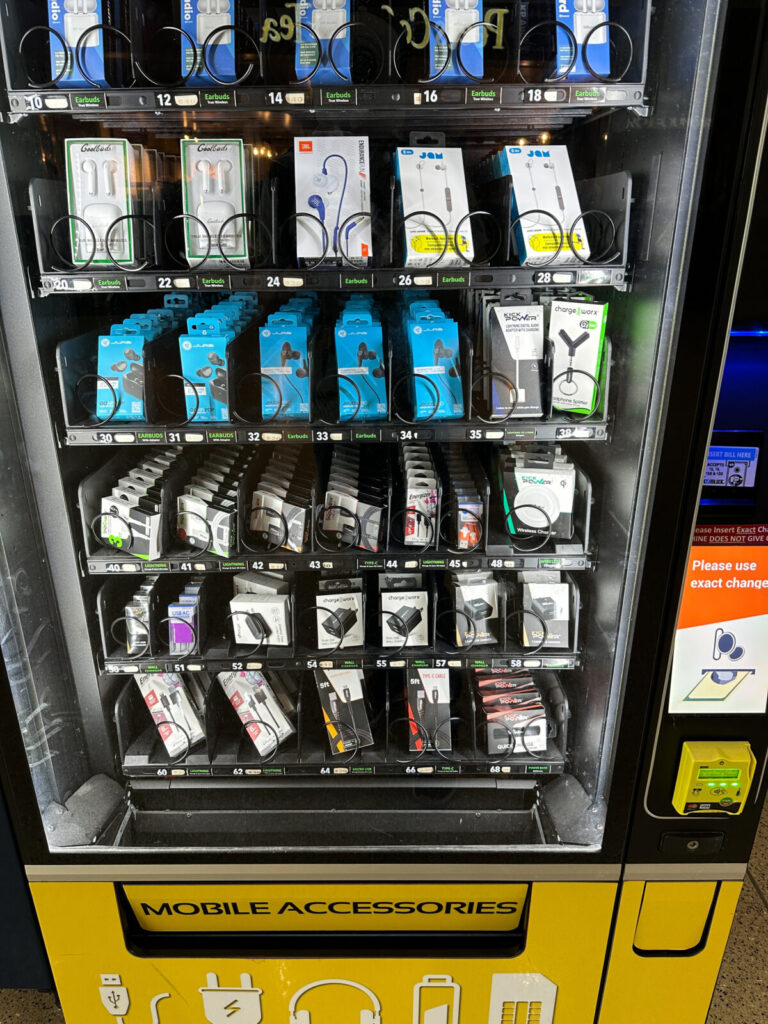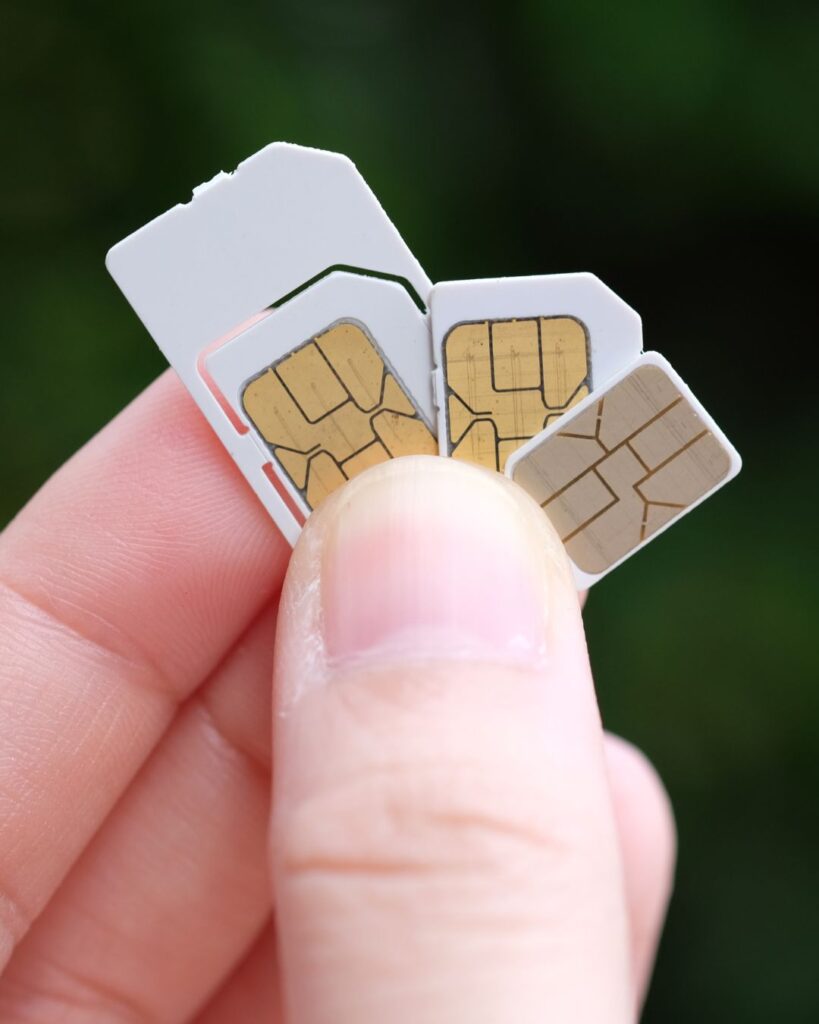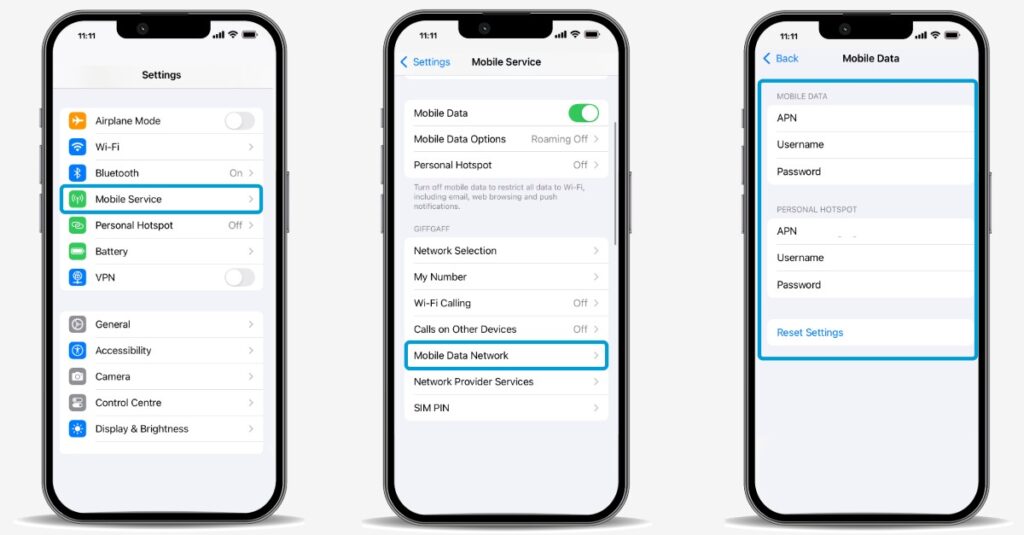How to Check and Stay Connected
Travelling to Japan soon? – Yes, your phone can work in Japan — but only if you prepare properly.
Figuring out cell service in Japan isn’t easy. Most travellers wonder, “Will my phone work in Japan?” They tend to buy an average SIM Card, expecting to stay connected with seamless coverage. Japan is known for its tech-forward culture, but it has a unique mobile infrastructure that might surprise international travellers. This article will explain how and why your phone will work in Japan at an affordable and convenient cost.
Contents:
- Will My Phone Work in Japan?
- Mobile Networks in Japan
- Check If Your Phone Is Compatible
- Is Your Phone Unlocked?
- SIM Card vs eSIM: Which Is Better?
- Vending Machine SIMs vs Prepaid Japan SIMs
- How to Order and Pick Up a Japan SIM Card
- Setting Up Your Phone in Japan
- What’s an APN and Why It Matters
- Benefits of Having a Japanese Number
- Staying Connected: Your Best Options
- Frequently Asked Questions
Will My Phone Work in Japan?
To understand if your Phone will work in Japan, it’s best to understand the mobile networking system first.
Japan discontinued its 2G network in 2011, so your phone must support 3G, 4G, or 5G to work properly.
In the modern world, our phones run on several generations of mobile networks: 2G, 3G, 4G, and 5G. As technology has advanced, 2G has mainly become obsolete, with most modern devices relying on the faster and more efficient 3G to 5G networks. Each generation operates on different frequency bands, which play a crucial role in determining coverage and compatibility.
Frequency information:
|
3G: |
900 MHz, 2100 MHz
|
|
4G: |
2100 MHz, 1800 MHz, 900 MHz, 700 MHz, TDD 2500 MHz, TDD 3500 MHz. |
|
5G: |
n3 1800 MHz, n28b 700 MHz, n77 3700 MHz.
|
Here’s a breakdown of the mobile network frequency bands used globally and in Japan, which is essential information for ensuring your device remains compatible while travelling.
General Network Frequencies:
- 3G Networks:
- Typically use 900 MHz and 2100 MHz bands.
- 4G Networks:
- Utilize a wider range of frequencies:
- 700 MHz
- 900 MHz
- 1800 MHz
- 2100 MHz
- TDD bands like 2500 MHz and 3500 MHz
- Utilize a wider range of frequencies:
- 5G Networks:
- Common frequencies include:
- n3 (1800 MHz)
- n28b (700 MHz)
- n77 (3700 MHz)
- These frequencies support:
- Faster data speeds
- Higher network capacity
- Improved overall performance
- Common frequencies include:
You may experience limited connectivity, slower speeds, or no service if your phone doesn’t use any of these networks. Therefore, it’s important to check whether your device supports Japan’s network frequencies before travelling.
What Mobile Network does Japan use?
Japan discontinued using the 2G network in 2011, so unfortunately, this mobile network won’t work in Japan. 3G, 4G LTE, and 5G are compatible with Japan’s Mobile Carriers.
Japan’s leading mobile providers are Softbank, Docomo, NTT, and Rakuten Mobile.
How to Check If Your Phone Works in Japan.
To find out if your phone is compatible with any of these mobile networks.
Use one of these tools:
Search for your phone model to see which networks in Japan are compatible.
This website shows whether your mobile network supports a specific frequency and if that frequency is used in your destination country.
Is your Phone unlocked?
For your Phone to support an eSIM, it needs to be unlocked. If your device is “unlocked,” it can work with a SIM from any network. If your device is “locked,” it is restricted to working only on your regular carrier’s network. Your device must be “unlocked” to work with a Japan eSIM.
Before choosing a SIM option in Japan, it’s crucial to understand your phone’s compatibility and limitations. An unlocked phone not only supports eSIMs but also gives you more flexibility when selecting between different SIM card providers, including vending machine options. Vending machine SIM cards are a quick and convenient option for travelers looking to get connected in Japan without visiting a store. However, this convenience often comes with trade-offs in flexibility, support, and compatibility.
Pros and cons of using a nameless SIM Card or a Japan SIM Card.
Vending Machine SIM Card:
Plans- Vending machine SIM card plans are rigid, inflexible, and often unreliable, making them a poor choice for consistent connectivity.
No customer support- Due to the concept of vending machine products being for convenience, there is often very little or no customer support at all for the item you have purchased. This is because it is a single-use item, meaning you shouldn’t need to contact support before, during, or after using the service.
Might not be compatible with your phone – If you haven’t done your research beforehand, there’s a chance your phone might not be compatible with a pre-paid SIM card. And unfortunately, once you have purchased it, there’s no refund or exchange system!
No eSIM– Most vending machine stock physical SIM Cards, not eSIMs!


Japan SIM Card:
Plans- Flexible, no-contract plans with varying data amounts—cancel anytime.
Native Japanese and English customer service – Uk and Japanese customer service available.
Esim & SIMS available– Most, if not all SIM Card companies will offer the option of a physical SIM Card or esim.
Before choosing a SIM option in Japan, it’s crucial to understand your phone’s compatibility and limitations. An unlocked phone not only supports eSIMs but also gives you more flexibility when selecting between different SIM card providers, including vending machine options. Vending machine SIM cards are a quick and convenient option for travelers looking to get connected in Japan without visiting a store. However, this convenience often comes with trade-offs in flexibility, support, and compatibility.
|
|
Plans |
customer support |
Compatibility |
eSIM/SIM |
|
Vending Machine SIM Card |
Set Plans, No flexibility. |
Little to none. |
Unable to determine |
Most vending Machines only offer Physical SIMS. |
|
Japan SIM Card |
Flexible, no-contract plans with varying data amounts—cancel anytime. |
24/7 English and Native Japanese Customer Support.
|
Find SIM compatibility online. |
Both SIMS and eSIMs are available. |
Ordering your Japan SIM Card.
Another plus with pre-ordering your Japan SIM card is that you can do it before leaving for the airport, pre-order your SIM online, or order when you land; it doesn’t matter! Most SIM card providers offer delivery and/or pick-up options, meaning you can get your hands on your Data before you leave for Japan or when you land.
Where can you pick up your Japan SIM card from in Japan?
If you choose to pick-up your SIM card in Japan, most providers will offer multiple destination to pick your SIM up. Some of the options these being:
Hotel,
Airport Terminal,
Or even a nearby train station.
You can even pick up your eSIM access code the same day!
Setting up your phone in Japan?
After purchasing your SIM card, there’s a few adjustments that can be made in the setting to help your phone work in Japan.
Sometimes you will be required to download an APN (Access Point Name) configuration profile.
What is an APN?
An APN (Access Point Name) configuration profile is a set of settings your mobile device uses to connect to the internet and other services on a mobile network.
Here’s a breakdown of what it does and why it’s important:
- What it does: The APN acts as a gateway between your phone and the carrier’s mobile network. It tells your phone how to connect to services like the internet, MMS (multimedia messaging), and sometimes even voice over LTE (VoLTE).
- Key settings included: An APN profile typically contains values like:
- APN name (e.g., internet.carrier.com)
- Username and password (if needed)
- MMSC and MMS proxy settings (for sending picture messages)
- Authentication type and APN type (e.g., default, MMS, supl)
- Why it’s important: Without the correct APN configuration, your phone may not be able to access mobile data or send MMS messages. This is especially crucial when using an international SIM card or a carrier that doesn’t automatically configure your phone.
- How it’s set up: APNs are often configured automatically when you insert a SIM card. However, in some cases (like when using a SIM from a smaller or foreign carrier), you may need to enter the APN settings manually or install a configuration profile provided by the carrier.
In short, the APN configuration profile ensures your device knows how to “talk” to the carrier’s network for mobile internet and messaging services.
Secondly ensuring your phone is enabling data connection. To enable this, you can go to Settings > Cellular/Mobile Data > Enable Cellular/Mobile Data.

Staying connected
Staying connected in Japan is easier than ever, whether you’re navigating Tokyo’s subway system, translating a menu in Kyoto, or sharing photos from Mount Fuji. By understanding your options—be it international roaming, local SIM cards, pocket Wi-Fi, or eSIM technology—you can choose the solution that best fits your travel needs and budget. Just be sure to plan, check your device’s compatibility, and consider the coverage in the areas you’ll visit. With the right setup, your phone can be your most valuable travel companion in Japan, helping you explore with confidence and ease.
FAQ’S?
If I have a Japan SIM Card do I have to turn my data roaming off?
= To be cautious, the best thing to do when travelling internationally is to turn your Data Roaming off. This will ensure you won’t incur any additional charges on top of your data plan.
How do I “Pick-up” a digital Esim?
= An eSIM is a digital version of a SIM card that lets your phone connect to a mobile network without needing a physical chip. You can activate it by scanning a QR code or using an app, making it a quick and flexible option—especially for travelers.
What’s the difference between Pocket WiFi and an Esim?
= A SIM card: Lets your phone use Japan’s mobile network directly.
Pocket Wi-Fi: A portable hotspot that connects your devices via Wi-Fi, using Japanese mobile data.


